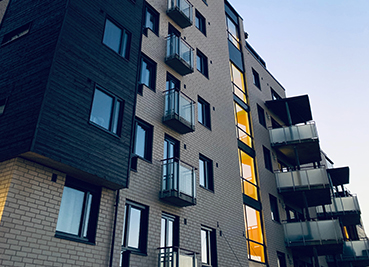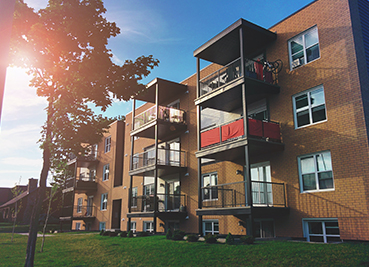By Greg Price | CREJ
The COVID-19 pandemic has brought about turbulent times throughout the nation’s major real estate markets. Nationally, commercial real estate transactions dropped 60% in the second quarter year over year due to strict economic shutdowns and unprecedented caution from investors. As the job market entered modest recovery and retail sales reached a new peak, a third-quarter rebound was stronger than expected. Unlike the financial crisis of 2008, lending markets have remained active, spurring transaction incentives with low rates and desirable terms. Multifamily transactions have remained attractive to lenders like Fannie and Freddie as there has not been any sign of significant bad debt, vacancy or collection issues.
The Denver metropolitan area has proven to be ahead of the pack in transactions, absorption, collections and investor sentiment. Denver’s fast recovery can be attributed to pent-up investor demand, prolonged leasing seasons and, most importantly, the fact that Denver’s multifamily has become a key spot on the radar for coastal capital looking to escape high-regulatory environments. While pricier coastal cities like San Francisco still are seeing elevated move-outs/low net absorption, the Denver market has maintained its No. 4 position (behind Dallas-Fort Worth, Atlanta and Houston) in top net absorption, seeing an increase of around 1,000 units in the third quarter [2020].
Prior to the health crisis, Denver recorded strong rates of employment growth and net migration that fueled tenant and buyer demand for multifamily product. While the metro has been impacted by COVID-19, the number of reported cases has trailed those major coastal gateway markets, allowing most businesses to remain open since June with capacity restrictions in place. Additionally, professional services firms that account for roughly 20% of the metro’s workforce were able to avoid large-scale staff reductions during the second quarter. Tech-related companies in particular have shown resilience, supporting the creation of 5,000 positions from July to August [2020]. The sector’s ability to recapture additional jobs moving forward will aid in the economic recovery as new residents seeking lower-density settings are likely to relocate to the metro, including both prospective renters and homebuyers. However, there has been a significant dip in new single-family construction in the Denver market since the onset of COVID-19, with a 12.2% drop in building permits recorded in April since the previous year. With builders cutting back, affordability for homebuyers will be harder to come by and push more residents to seek out renting as an alternative.
Apartment development in downtown Denver and adjacent neighborhoods is positioned to place upward pressure on vacancy in the coming quarters. Of the more than 4,000 rentals slated for second-half delivery metrowide, nearly 50% are in downtown/Highlands/Lincoln Park or Five Points/Capitol Hill/Cherry Creek submarkets that each registered triple-digit basis-point increases in vacancy during the second quarter.
Well-capitalized buyers are viewing apartments as attractive investments while demand for lower-cost housing increases. Strong Class C rent growth through the second quarter has sustained demand for sub-30-unit rental complexes in both the core and suburbs, with activity equating to $1 million to $4 million trades that provided buyers with low-5% to high-5% cap rates.
While new renters and investors alike continue to take advantage of Denver’s highly attractive market, we expect to continue to see transactions, absorption, collections and investor sentiment remain strong.
View the original article here.




